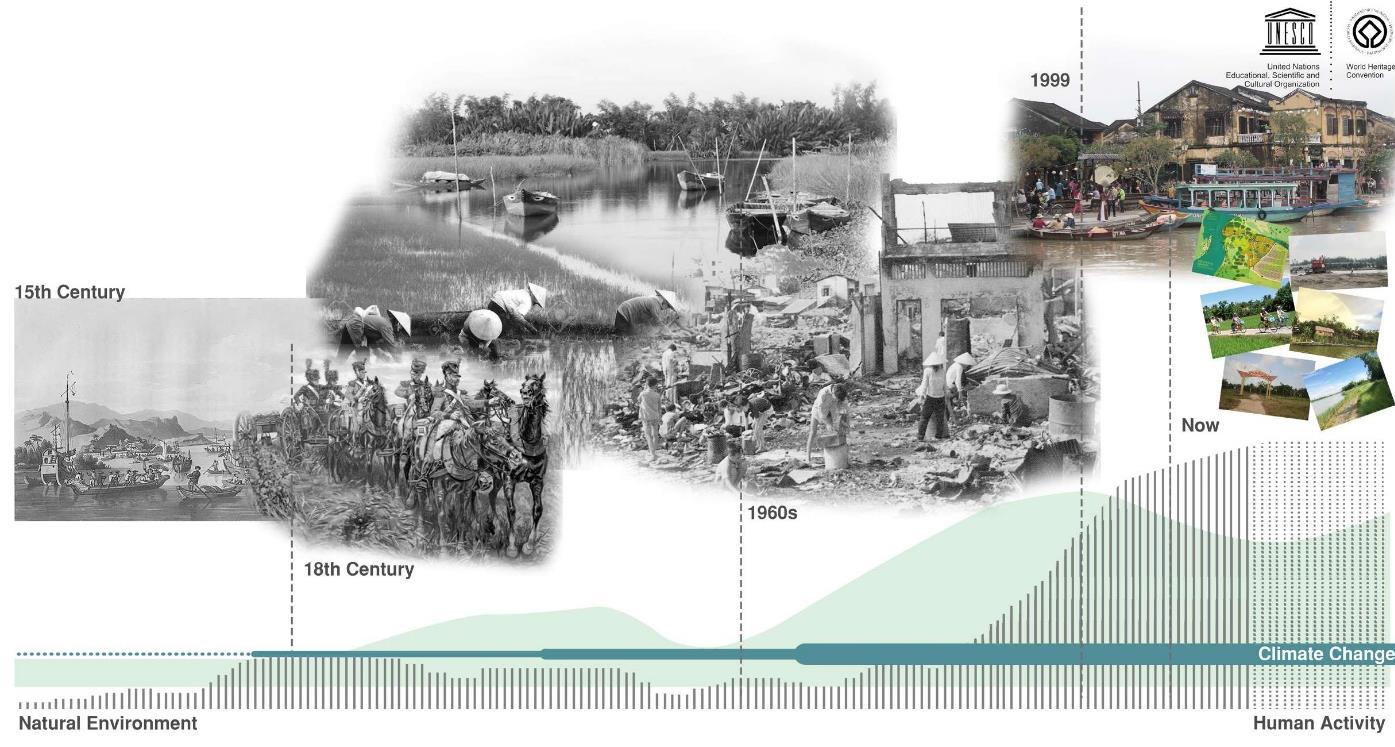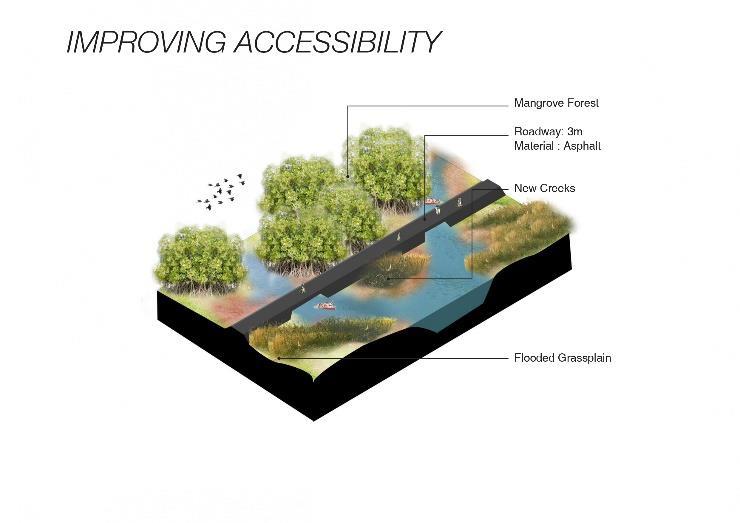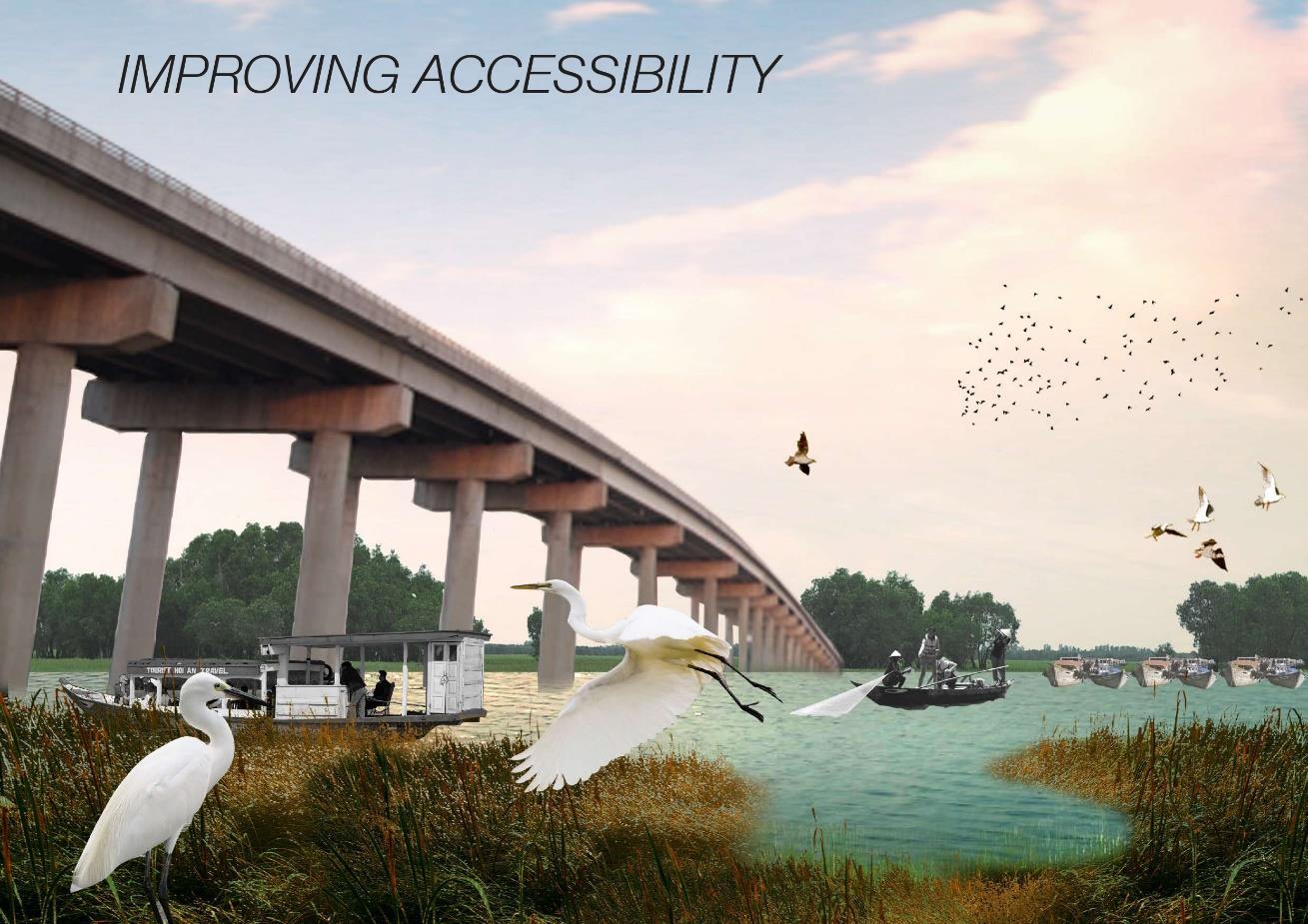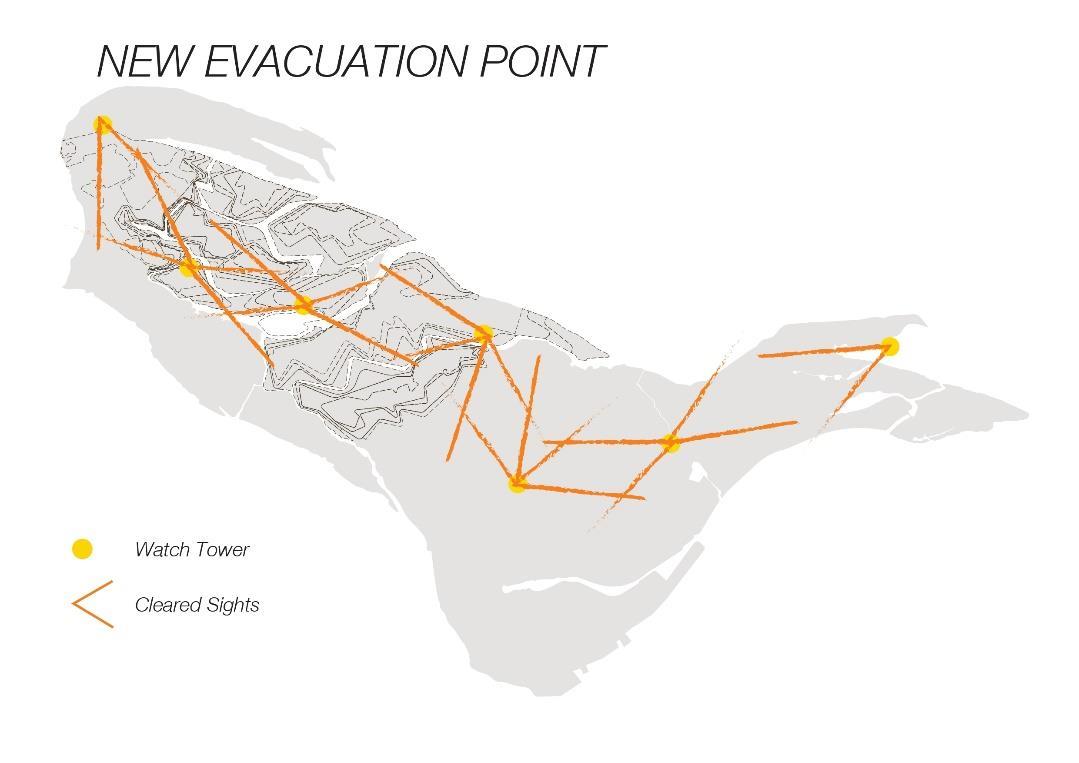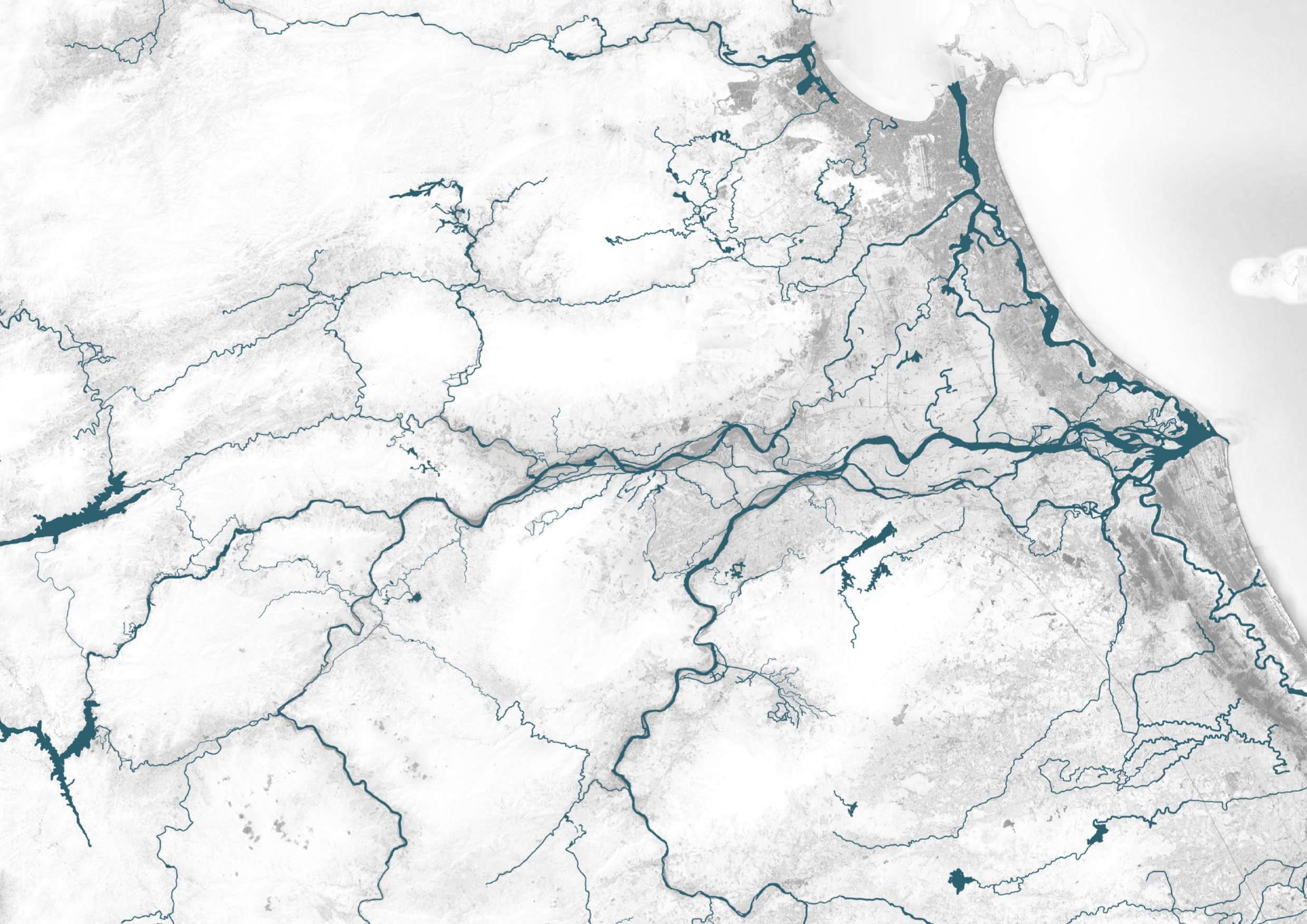
A Landscape Architecture Portfolio of
Oktaviana MiffatulaniEducation
2016 – 2018 M. Sc Landscape Architecture Wageningen University, Netherlands
2010 Landscape Arcihitecture Exchange student to University Putera Malaysia
2008 – 2013 B. Agr Landscape Architecture IPB University, Indonesia
Paper presentation at Arte-polis 5 Conference, Institut Teknologi Bandung - Title:
Historical Riverscape Revelation Case Study: Pontianak, West Borneo
1st winner Undergraduate Student Competition in Asian Cultural Landscape Association (ACLA), Seoul National University – South Korea
2nd Best selected Landscape Student Charrette International Federation of Landscape Architecture (IFLA) Asia-Pacific Region, Tongji University – People Republic of China
3rd winner Landscape Design Competition Eco-Airpport Soekarno-Hatta International Airport PT Angkasa Pura II
2nd Place Recycling Stuff in INDEX Human Ecology IPB
Silver Awards Sharp Idea Awards – Environmental Activity Category
Professional experience
January – October 2022
February 2019 – September 2020
February – June 2018
February 2015 – July 2016
January 2013 – December 2014
Freelance landscape architect
Collaborate with Sheilsflynn Asia and Siura Studio
Landscape Architect
Sheilsflynn Asia
Intern landscape architect
Strootman landschaparchitecten
Landscape designer
AECOM Indonesia
Assistant landscape architect
Townland International
Professional skills
Softwares
Autocad
Adobe Package (PS, AI, ID)
Sketchup
V-Ray & Podium
ArcGIS
Microsoft office
Rhino
Grasshopper
Physical modelling
Handscketches
Language skills
Indonesian Native
English Fluent
Dutch Beginner
“This portfolio highlights the evolution of my design thinking and research over the past six years experience, demonstrating my unwavering passion for integrating landscape design concepts into the design process.”
List of projects
• Charlton Quarry – Keynsham, UK
• Honingham Thorpe – Honingham, UK
• Suffolk business park - Bury St. Edmunds, UK
• Hopkins homes (SuffolkBusiness Park Lot) – Bury St. Edmunds, UK
• Apartmen R7A swan city - Tangerang, IDN
• British school of Jakarta - Bintaro, IDN
• Revert! - Hoi An, VNM
Apartment R7A Swan City Lavon – Tangerang, IND
The landscape of the R7A Apartment complex plays a vital role in the Swan City Green Corridor, serving as a focal point within the walkable sequence of green activity nodes that define this livable city. Positioned at the terminus of the green corridor, the masterplan presents a unique opportunity to create a distinctive landscape.
A thorough analysis of accessibilities, spaces, and greenery was conducted as part of the project, aiming to provide a lush green tropical outdoor experience. This endeavor provided valuable insights into the emerging trend of high-rise residential development in Indonesia. With residential spaces becoming more vertical, there is a growing need to develop landscapes, even in limited spaces such as rooftops, that are both beautiful and green. This ensures the creation of living sanctuaries where residents can engage in both daily living and recreational activities.
Moreover, this project facilitated collaboration with other designers, including architects and civil engineers, highlighting the importance of interdisciplinary teamwork in creating vibrant and sustainable urban environments. Planting strategies for the site must carefully consider the limited planting area to optimise biodiversity in between buildings and greeneries



Site analysis

Landscape zones
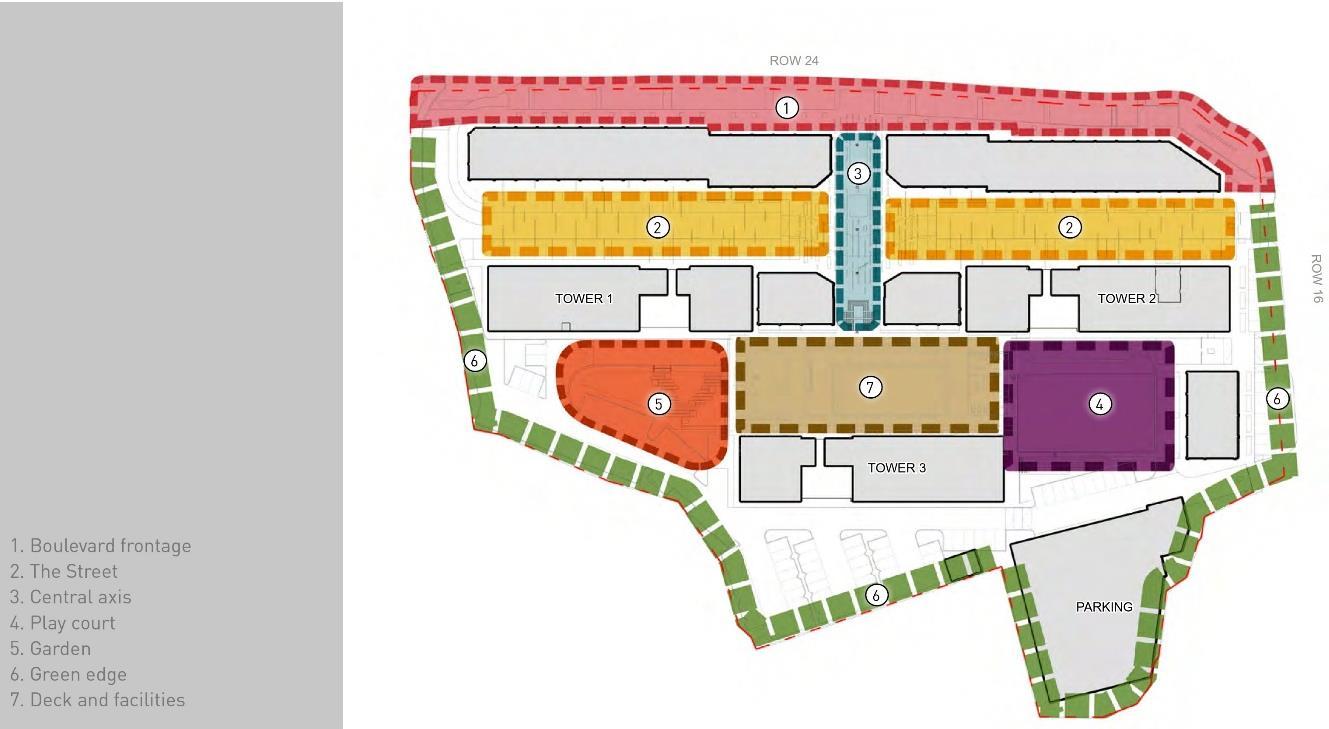


Connections
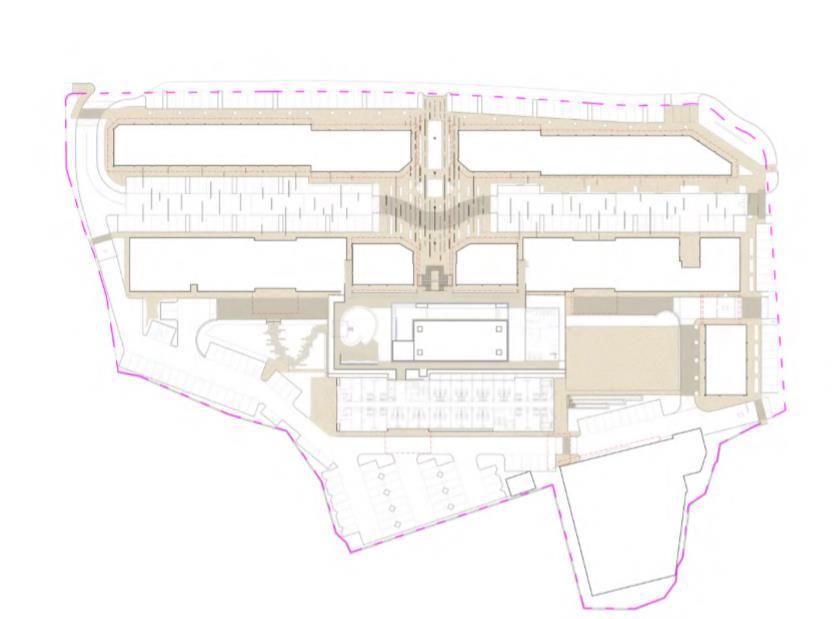


Overall Plan


DETAIL PLAN – Boulevard frontage
Avenue trees extend across the boulevard, creating a forecourt to The R7A shop-houses. Next to the roundabout, groups of palms and elegant signage walls frame views towards the frontage







DETAIL PLAN – Deck and facilities
Pool deck, terraces, and play with overlooks to the play court, garden, and central infinity pool







 Visualisation of deck and facilities
Visualisation of deck and facilities
British School Jakarta – Bintaro, IDN
The British School of Jakarta commissioned PT. Sheilsflynn Asia to develop a comprehensive green landscape master plan for the school campus. This master plan evaluated the entire campus, offering a series of options to achieve its long-term objectives of establishing an external environment with vital outdoor spaces. These spaces are crucial in creating an attractive, healthy, and sustainable environment, fostering a natural-learning area for students. The project comprised three key outcomes: a site survey and appraisal report, a summary of stakeholder consultation report, and a landscape masterplan report.
Given the abundant greenery within the site context, the analysis began by identifying natural potentials and hazard risks to enhance safety for the pupils. Within this section, excerpts from the appraisal and masterplan reports are provided, accompanied by visualizations and flood analysis. The landscape design principles developed during my master's thesis played an important role in comprehensively understanding the site's design needs. The process began with leveraging existing features such as the river and greenery, which served as major potentials. This led to the selection of appropriate landscape materials and the identification of facilities that could be developed in the future, contributing to the creation of a robust and resilient school environment.
Green/blue spaces and structural landscape

Biodiversity




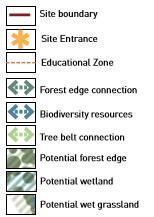


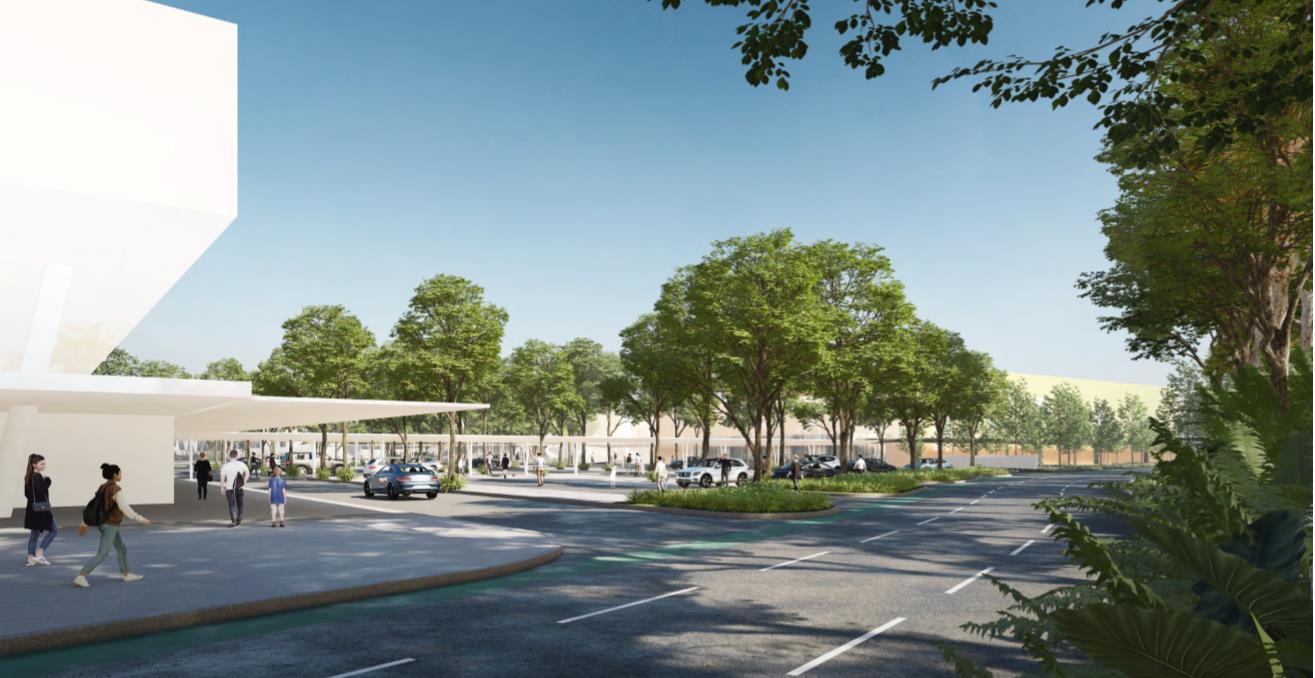
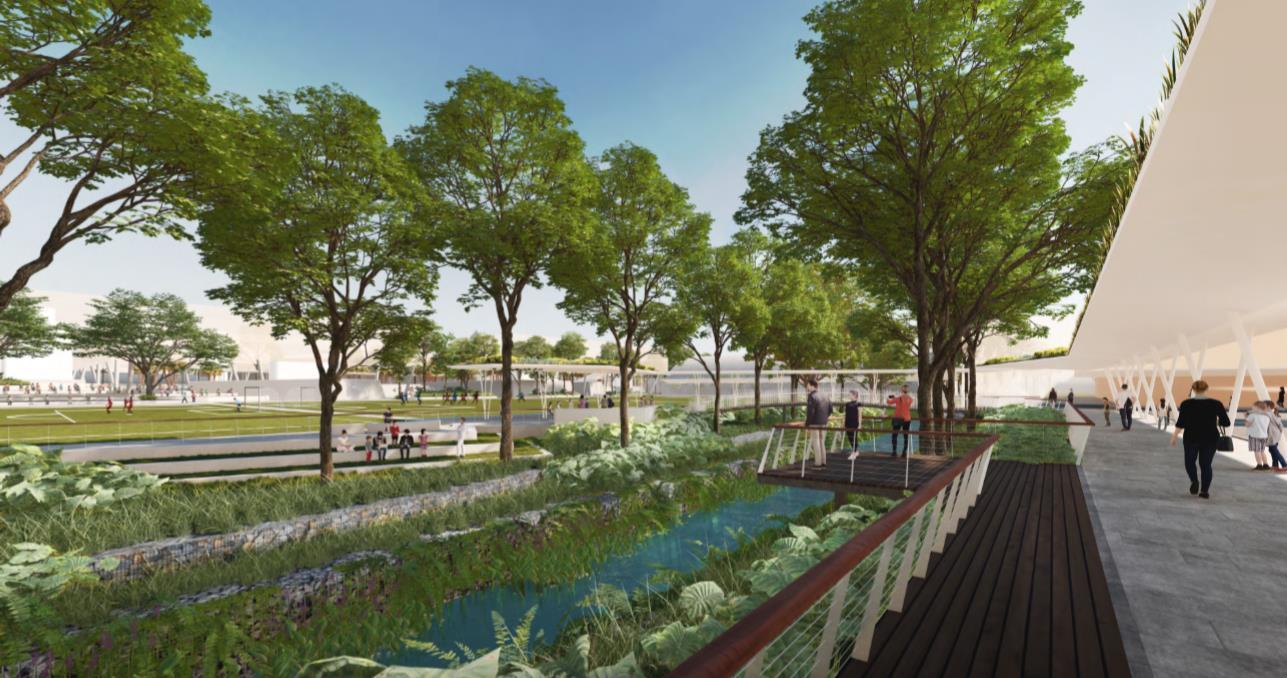


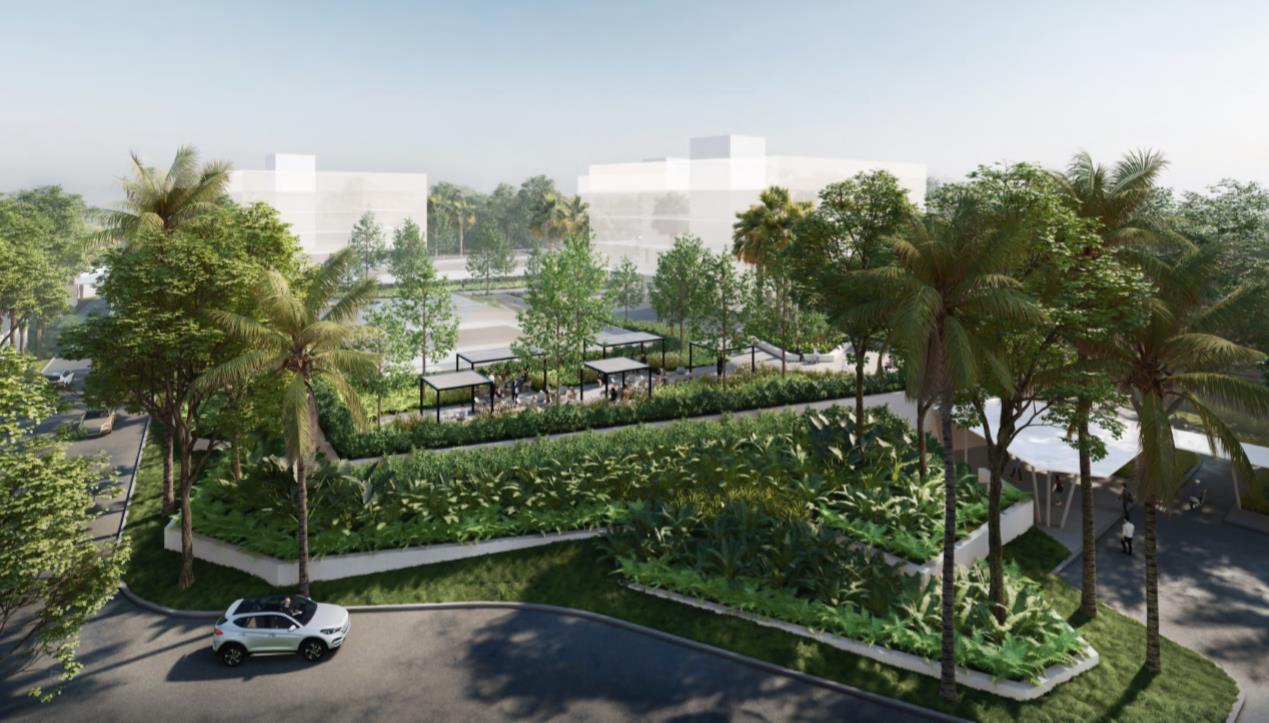 View from main entrance gate leading into the security check
View from newly widened access road - with pedestrian walkway
View from riverside walk to rugby field
Visualisation of forest walk and wetlands
Visualisation of aquatic complex
View from main entrance gate leading into the security check
View from newly widened access road - with pedestrian walkway
View from riverside walk to rugby field
Visualisation of forest walk and wetlands
Visualisation of aquatic complex
The Serua River divides the BSJ campus into west and east parts. Currently the River is ignored and hidden away whereas it has potential to become a point of focus and a strong feature of the landscape of the school Crossing the River and its floodplain should be celebrated and a daily reminder of how the landform has been shaped
On both banks, new Riverside walks are to be created elevated above the maximum flood level.
On the east side at parent drop off and pick up outlook decks and the new elevated walk will allow views over the River to the school On the west side there will be decks,seating terraces and an outdoor classroom for learning outside A new landmark pedestrian bridge will facilitate better connections between the Sports Fields and the Sports Hall.
In terms of the River a new litter trap will be installed upstream at the school boundary This will remove the worst of the visible rubbish in the River but of course will not improve water quality
Given this, children will not be brought in contact with the waters edge as is the case with Taman Tebet which is a useful example of what can be achieved in Central Jakarta. Subject to Local Authority approval and the constraints of existing trees there might be opportunities to reduce some of the current channelisation of the river and allow it to expand its banks during high and flood flows
This modest step will attempt to reinstate some of the volume of the original floodplain in order to reduce flooding down stream.
Flood analysis

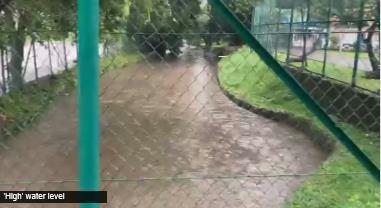

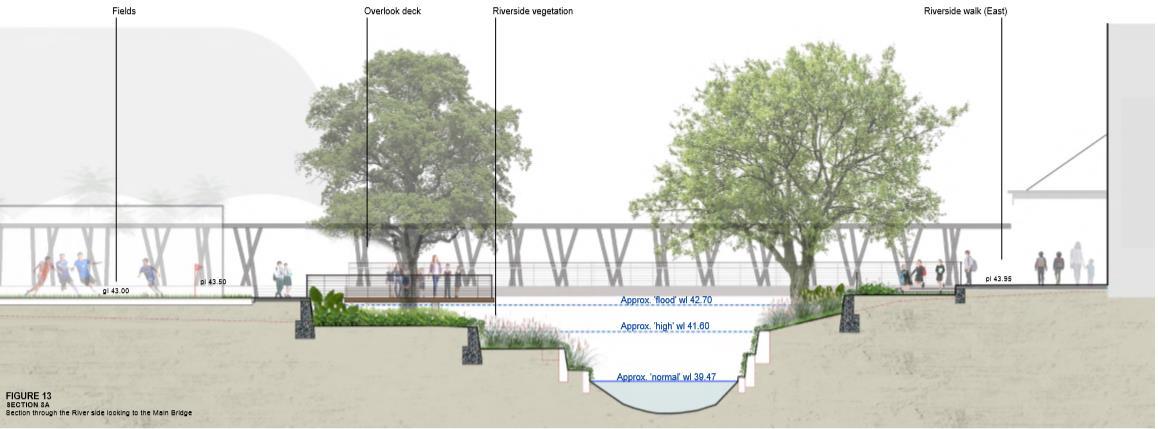


The play garden connects the Secondary and Upper Primary Schools and is designed to offer exciting, interesting, and safe play opportunities for Years 7-8, 5-6, and 3-4 The space extends from the existing basketball court to the play areas in the current Primary layout
The concept for the play area in inspired by an archipelago of Indonesia which has a collection of volcanic islands connected by a surrounding sea The design features three main islands, each equipped with play structures tailored to different year groups. Additionally, a “forest” area provides shaded seating and visually separates the play space from the Modern Language Building. An elevated walkway crosses the playground, offering a unique aerial view of the archipelago while also serving as a covered pathway below This design creates a dynamic and engaging environment that encourages imaginative play and exploration for students of various age group



This project has had a profound impact on my landscape design thinkiing and has significantly influenced my career as a landscape architect. The field of landscape architecture is inherently dynamic, playing a pivotal role in shaping our environments and livelihoods. This study aims to unveil effective research for design by identifying key principles that can enhance the resilience of rapidly changing flood-prone landscapes.
Throughout this thesis project, I have come to recognize the paramount importance of prioritizing natural features in landscape design. It is also crucial to acknowledge that every society possesses its own coping mechanisms for dealing with natural disasters. By integrating these insights, we can create sustainable landscapes that are nurtured and maintained by local communities, supporting their way of life.
Water plays a fundamental role in shaping not only the visual quality but also the livelihood and future biodiversity of an area. Through this project, I am laying the groundwork for understanding the significance of water and landform in every landscape project, thus initiating important features to cultivate landscapes for the future.
Revert! – Hoi An, VNM

